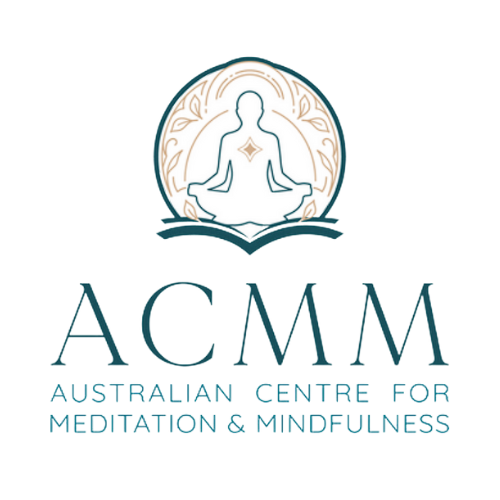Over thinking, strong emotions, restlessness….there can be lots of challenges that arise when we are meditating! Thankfully there are plenty of ways to address them. This month ACMM Principal Lisa Forde tackles the top 5 challenges meditators face and gives some simple and creative ways to overcome them with meditation!
Challenge No, 1 You have a lot going on and need clarity and direction.
Offloading some of the day’s thoughts and feelings into a journal before meditating can give you direction as to what kind of meditation technique to use, or give a focus for your meditation.
Of course, challenges may not feel resolved and not all feelings can be written away, some may need to stay with us and even come into our meditation time. Some feelings may have been there for a very long time. Bringing your focus to opening up the problem and facing the issues therein can inform your meditation practise in a very deep way. As you flow into meditation and begin to leave the problem behind, you create a further opportunity for insight to flow in. This process can bring surprising results.
The process of working through the challenges in your journal can inform the most suitable meditation to follow up with. You might discover that you need a soothing relaxation, an uplifting mantra, or that you need to move your body. You will know what that is. For clarity and direction, an Inquiry style meditation may help.
Challenge No. 2 If your body is feeling restless and can’t sit still – then don’t
Meditation time is a great time to practise listening to yourself and your needs. If your body feels restless, jittery and raw, then honour that by using a moving meditation, such as dancing, walking or swaying. You might think you are doing something wrong because you are not sitting still – but this could not be further from the truth. There are rich delights to be found in moving meditation, that you might not have otherwise found, if you hadn’t listened.
Challenge No. 3 Supporting your busy mind during meditation
In today’s world, it’s par of course to have many things going on at once. Life can be busy and hectic at times. A natural response is to think over things and review, plan and assess. So, it can help to try not to judge this tendency and see it as your mind trying to help you get organised, clear and in control.
However, if you would like a technique that can bring some temporary relief and distraction from the rumination, then mantra is a great technique to try. It’s more difficult to think over complex issues when your mind is focussed on the repetition of the mantra. It helps to find a mantra that you really love or feel very connected to, so that you feel deeply engaged.
Challenge No. 4 Feeling very emotional during meditation
There are days when everything feels too much, or for whatever reason we feel teary, angry or reactive. Isn’t it great to have something to go to that can really help? For these days, there are several techniques that can help:
- If your emotions are the kind that you feel would be good to release and shift (i.e. you need to cry), then a One Seat Meditation will give you the space to feel and be with yourself.
- If you want instead, to bring peace and harmony, to soothe yourself and shift out of such intense feelings (perhaps you find yourself going around in circles and your emotions are not clearing after a few days), then a mindfulness meditation such as Big Mind might help. Joseph Goldstein’s version is beautiful.
- If you are feeling angry, then I would use vigorous movement to music (within your physical limits). Taking care to warm up and eventually slowing down into a soft place of rest and stillness.
- Some mindful time in nature may also help soothe emotions or anxiety.
Challenge No. 5 Feeling exhausted
Here are three go-to techniques for fatigue.
- The first is a guided relaxation, body scan or yoga nidra. These are a great nap alternative. A deep relaxation of roughly half an hour’s duration can feel like you’ve had a refreshing sleep.
- The second is sound meditation. Listening to a recording of singing bowls, piano or a beautiful instrumental track can give you a quick pick me up. Sometimes just 15 to 30 minutes of deep listening can put you back on track.
- The third is slow, gentle movement to music. On the right day, this may give you loads of energy and is so grounding and uplifting.
I hope this helps you with choosing the technique that will support you best on any particular day. I have offered some basic suggestions, but there are many other possibilities.
At ACMM we offer Certificate, Advanced Certificate, Diploma, Community Work Placement and Masters Study Options in Meditation and Mindfulness Teaching and Guiding. With 1:1 mentoring and optional Business Development Support alongside and after your training.
Book a Zoom discovery call with us today to learn more and find out if our courses are the right fit for you – https://acmm.as.me/discoverycall







